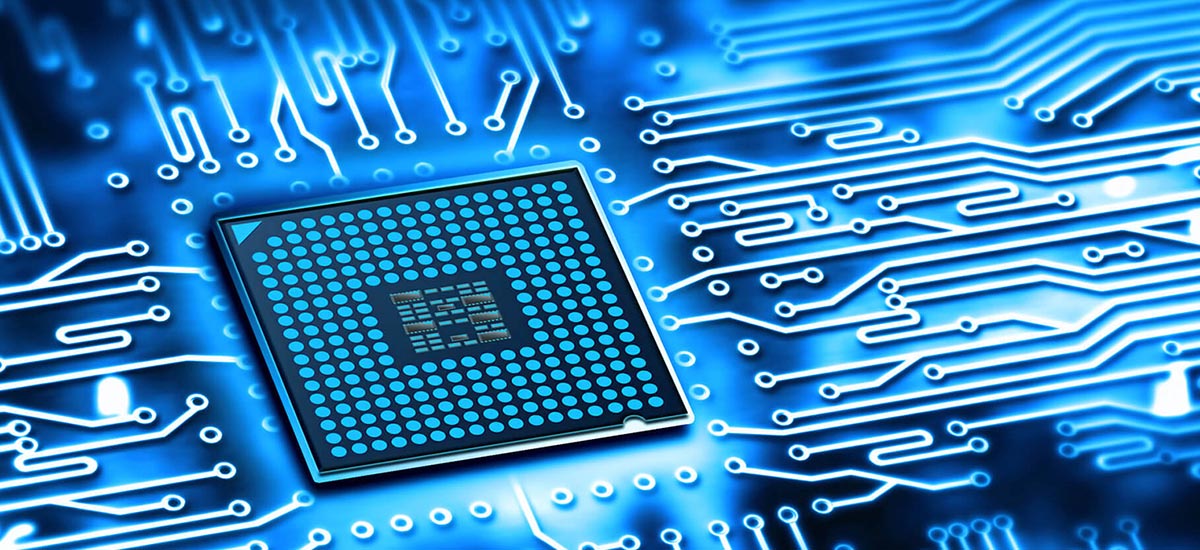Technology
Senzors utilizes advanced, state-of-the-art silicon micromachining techniques to manufacture pressure sensors and pressure measuring devices. The technology used is known as the piezoresistive technology. It consists of four resistors diffused in a single crystal silicon (also called monolithic silicon) die and forming a Wheatstone bridge.
Manufacturing of basic sensing element (silicon die)

At the start point stands the silicon wafer. A silicon wafer is a disc of silicon. The disc is created through a now very common process. First, a bar of silicon is built and is sliced to create each disc. Once the disc of raw silicon is created, it can be worked on to make any type of electronics. The process consists in diffusing some atoms of impurities in the raw silicon. Those atoms integrates inside the silicon structure and modifies the electrical properties of the silicon. This is the base of any modern electronic. Computer's microprocessors, microcontrollers, ASICs are all using the same technology.
Compared to microprocessors, pressure sensors are very simple to create. Four resistors are diffused in the semiconductor to create a Wheatstone bridge.
Once the resistors have been diffused in the semiconductor, the silicon wafer is micromachined to create the silicon diaphragm of each silicon die. The thickness of the silicon diaphragm is optimally selected for each pressure to be measured and determines the pressure range (sensitivity) of the sensor.
Years ago, silicon diaphragms were created by drilling in the wafer with tiny diamond-drills. Even though some of today's manufacturers are still using this technology, it has been proven that drilling in the silicon creates some constraints leading to some micro-cracks in the silicon diaphragm and silicon chip in general. Those micro-cracks lead to a less accurate and less reliable sensor. Additionally, this old method is not very cost-effective since each diaphragm has to be drilled individually.
Today's technology to create the silicon diaphragm is often referred to as the MEMS (Micro-Electro-Mechanical Systems) technology. MEMS technology is basically a way to create 3D shapes in a silicon structure, based on chemical solutions (etching process) and other improved technologies.
Manufacturing of fully-encapsulated, basic sensor

With Senzors, technology doesn't stop at the silicon die level. In order to manufacture high-quality, reliable sensors, the encapsulation of the silicon die is probably even more crucial than the manufacturing of the silicon die itself.
Once the silicon die is manufactured, it has to be protected from the outside environment. It has to be encapsulated in a containment that is going to be able to sustain the pressure applied to the silicon die and it has to be electrically connected to a more appropriate electrical connection, accessible to most users.
For these reasons, the silicon die is mounted on what is called a header. The header also sometimes called the feedthrough, will give the user a universally-used, easy-to-use electrical connection but will also serve to create the containment, as the header is tightly sealed to the housing.
Many types of housings are available from cheap plastic housings to stainless steel housings. Senzors exclusively focuses on stainless steel housing, which at the end provides higher-quality, more reliable products that can be used in the harshest environment.
The experience acquired by Senzors in this field through the years gives us a certain leading edge over our competitors.
Manufacturing of transmitters

Pressure transmitters are based on fully-encapsulated pressure sensors as described above and integrate some electronic circuitry also encapsulated in a housing. The electronic circuitry provides the silicon die with the proper excitation using the power supply provided by the user and it compensates, calibrates and amplifies the output signal of the silicon die to provide high level output signals, the most common being a 4-20 mA output signal.
Senzors uses the latest technologies to manufacture smaller electronics. Senzors makes an extensive use of the latest microcontrollers and other electronic components. Senzors also uses proprietary ASICs.

